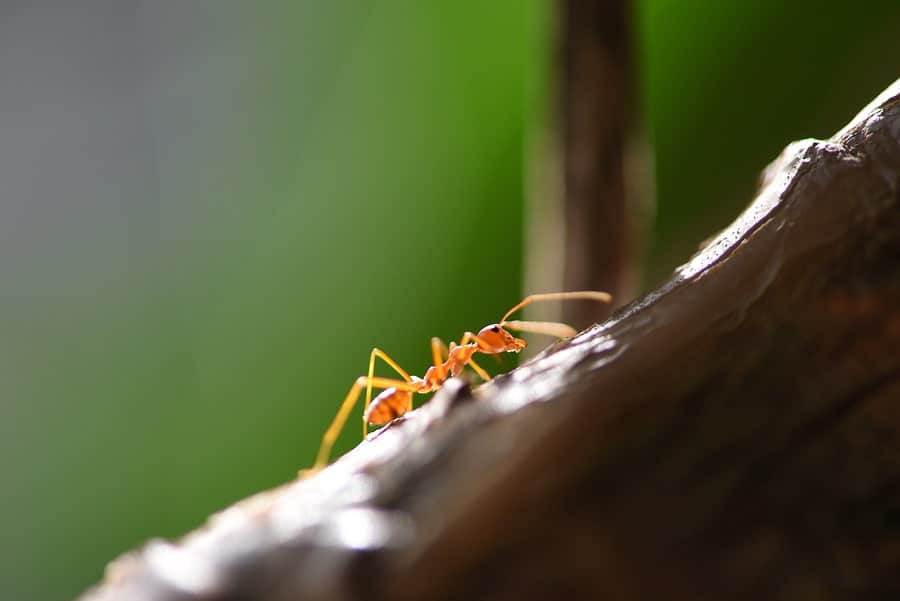READY TO GET STARTED?
REQUEST A FREE ESTIMATE
Fill out the form below or call (888) 466-7849 for a free, no-obligation estimate.

When we think of fire ants, we typically think of them during the warmer months of the year. Surprisingly, the peak seasons for fire ants are both spring and fall, meaning these pests will still be out and about even when the leaves are changing from green to brown! So why are these pests still roaming about even when it’s getting cold?
Fire ants are typically foraging for food in the spring; then when summer arrives, they “hide” in the cool dirt to avoid the extreme summer heat. These ants will keep digging deep into the ground until they are no longer exposed to the heat. Once summer ends, fall finally arrives where fire ants resume foraging for food before winter hibernation.
Fire ants are reddish-brown with six-legs. They are very invasive pests that can easily gain access to the indoors. Fire ants can be a health risk if found inside the home as these pests will sting humans if they feel threatened. Fire ants can sting more than once and will leave a raised welt where they bite. It’s safe to say that you want to avoid these pests inside the house simply for the risk of getting stung!
Now is the perfect time to take precautions and protect your home against fire ants. Try and eliminate sources of moisture or standing water including repairing any leaks from pipes and drains. Outside, keep tree branches and shrubs cut so they aren’t touching the sides of your home. It’s also important to carefully inspect the exterior of your home and seal any holes, gaps, and cracks around the sides of roofs, doors, and windows so these pests can’t get in.
If you are still having an ant issue after utilizing these ant prevention tips, contact a professional pest control company who can help identify the type of ant you are dealing with and set you up with an ongoing treatment and ant control plan.
Categories